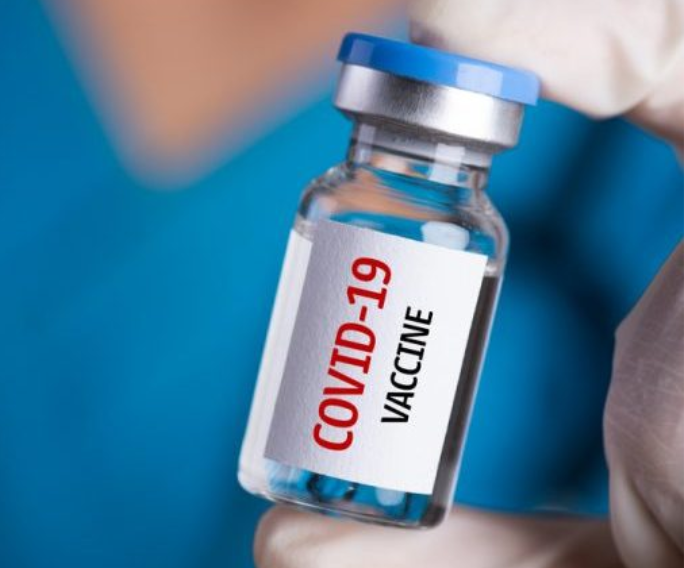New Delhi : The Serum Institute of India (SII), which has partnered with British-Swedish pharma company AstraZeneca for manufacturing the University of Oxford vaccine candidate for COVID-19, has sought permission from the Drugs Controller General of India (DCGI) for conducting “phase 2/3 human clinical trials” of the potential vaccine, highly-placed sources said on Saturday.
“According to the application, it would conduct an observer-blind, randomised controlled study to determine the safety and immunogenicity of ‘Covishield’ (COVID-19) in healthy Indian adults. The firm said that an around 1,600 participants of more than 18 years would be enrolled in the study,” a source said.
Initial results of the first two-phase trials of the vaccine conducted in five trial sites in the U.K. showed it has an acceptable safety profile and homologous boosting increased antibody responses, the source said.
To introduce the vaccine, SII, the world’s largest vaccine maker by number of doses produced and sold, has signed an agreement to manufacture the potential vaccine developed by the Jenner Institute (Oxford University) in collaboration with AstraZeneca.
On the partnership with AstraZeneca, SII CEO Adar Poonawalla has said, “Serum Institute of India has entered a manufacturing partnership with AstraZeneca to produce and supply 1 billion doses of the COVID-19 vaccine being developed by Oxford University.”
These vaccines will be for India, and middle and low income countries across the world (the GAVI Alliance for immunisation), he had said.
The firm plans to start the phase 2 and 3 human trials in India in August.
Oxford University on Monday announced satisfactory progress with the vaccine, making it one of the leading vaccine candidates among the dozens being developed around the world. According to a report in The Lancet, the initial trial results showed the vaccine to be safe, and that it prompts a protective immune response.

